Guest Column
Infrastructure Status for Logistics Sector – Ripple Effect on the Affordable Housing?


Anuj Puri, Chairman – ANAROCK Property Consultants
‘Infrastructure status’ typically helps to raise long-term funds at low rates and attract significant foreign investments. The Government’s recent move to grant infrastructure status to the logistics sector is extremely progressive and will to make funding easy and cheap for companies that operate industrial parks, cold chains and warehousing facilities.
With massive investments likely to flow in the logistics sector, the Government’s plan to develop 35 MMLPs to serve as centres for freight aggregation and distribution, multimodal transportation, storage & warehousing and value-added services, is advancing in the right direction.
As per the Government’s notification dated 20th November 2017, logistics infrastructure was included by insertion of a new item in the renamed category of ‘Transport and Logistics’. Logistics infrastructure includes Multi-modal Logistics Park (MMLP) comprising Inland Container Depot (ICD) with a minimum investment of INR 50 crore and a minimum area of 10 acres, Cold Chain Facility with a minimum investment of INR 15 crore and a minimum area of 20,000 sq.ft., and/or Warehousing Facility with a minimum investment of INR 25 crore and a minimum area of 1 lakh sq.ft.
Industrial parks, cold chains and warehousing facilities, being labour-intensive by the nature of their businesses, are massive developments that occupy humungous tracts of land, create massive employment opportunities and upgrade the market perception of the entire locality.
Typically, such facilities are located in the peripheral areas of the city where land availability is not a challenge. Also, accessibility to the port/connecting highways is a major consideration whilst identifying the location.
These facilities not only open job opportunities but also create massive housing demand in the nearby areas. Far-flung areas such as Panvel, Dronagiri, Ulwe, etc. in Mumbai and Sriperumbudur in Chennai, have developed primarily due to the presence of warehousing facilities in the nearby areas.
Bearing in mind that logistics’ facilities employ blue-collared workers and semi-skilled resources in large numbers, the demand for affordable housing typically also increases significantly in areas adjoining these complexes.
Between 2013 – Q3 2017, around 6.4 lakh affordable houses (priced < INR 40 lakh) were added in the top seven cities of India* of which nearly 35% are unsold as yet. Granting of infrastructure status to the logistics sector is likely to create a ripple effect and help in reviving demand for affordable houses, albeit in the medium-to-long term.
Another school of thought also suggests that land prices in peripheral areas may move slightly northwards, due to an increase in demand for setting up these logistics parks.
Although it is too early to assess if the grant of infrastructure status to the logistics sector will boost or hinder the affordable housing segment, peripheral locations in top cities will surely witness a fillip in the next few years, either due to the increased activity in the logistics sector, or the Government’s impetus for affordable housing.
*NCR, MMR, Pune, Bengaluru, Chennai, Hyderabad and Kolkata
-



 Interviews4 weeks ago
Interviews4 weeks agoHigh Rental Yield, Price Appreciation, Stable Growth, Make Sydney an Ideal Realty Investment Option: Haansal Estate
-

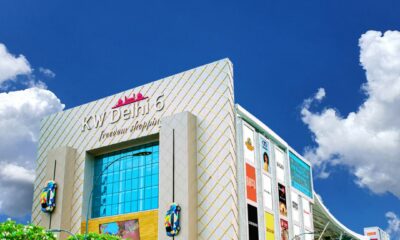

 News3 weeks ago
News3 weeks agoKW Delhi 6 Mall Onboards New Brands
-

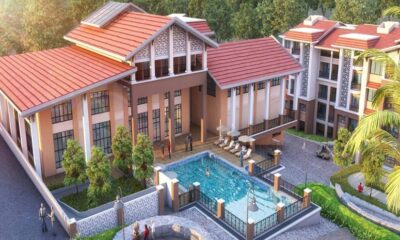

 News3 weeks ago
News3 weeks agoManasum Senior Living Launches IKIGAI GOA, A Senior Living Community in North Goa, in collaboration with Prescon Homes
-



 News2 weeks ago
News2 weeks agoGodrej Properties Sells Rs 3k cr+ Homes of Godrej Zenith, Gurugram, within 3 days
-

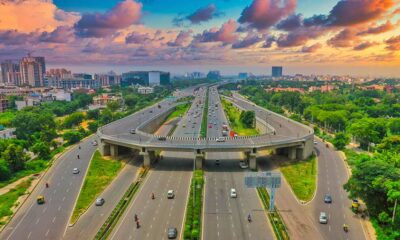

 News3 weeks ago
News3 weeks agoBridging India Divide: Top 5 Tier- 2 Cities to Focus On
-



 News3 weeks ago
News3 weeks agoCommercial Realty Gets Tech Savvy: Fast Construction, Enhanced Convenience
-

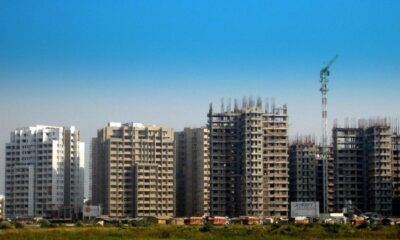

 News3 weeks ago
News3 weeks agoMultipoint Connection – A Definite Boon
-

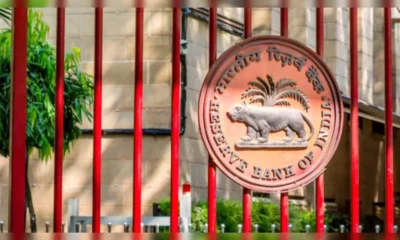

 News2 weeks ago
News2 weeks agoRBI’s Status Quo on Key Policy Rates to Help Maintain the Real Estate Growth Momentum, Say Industry Stalwarts

















